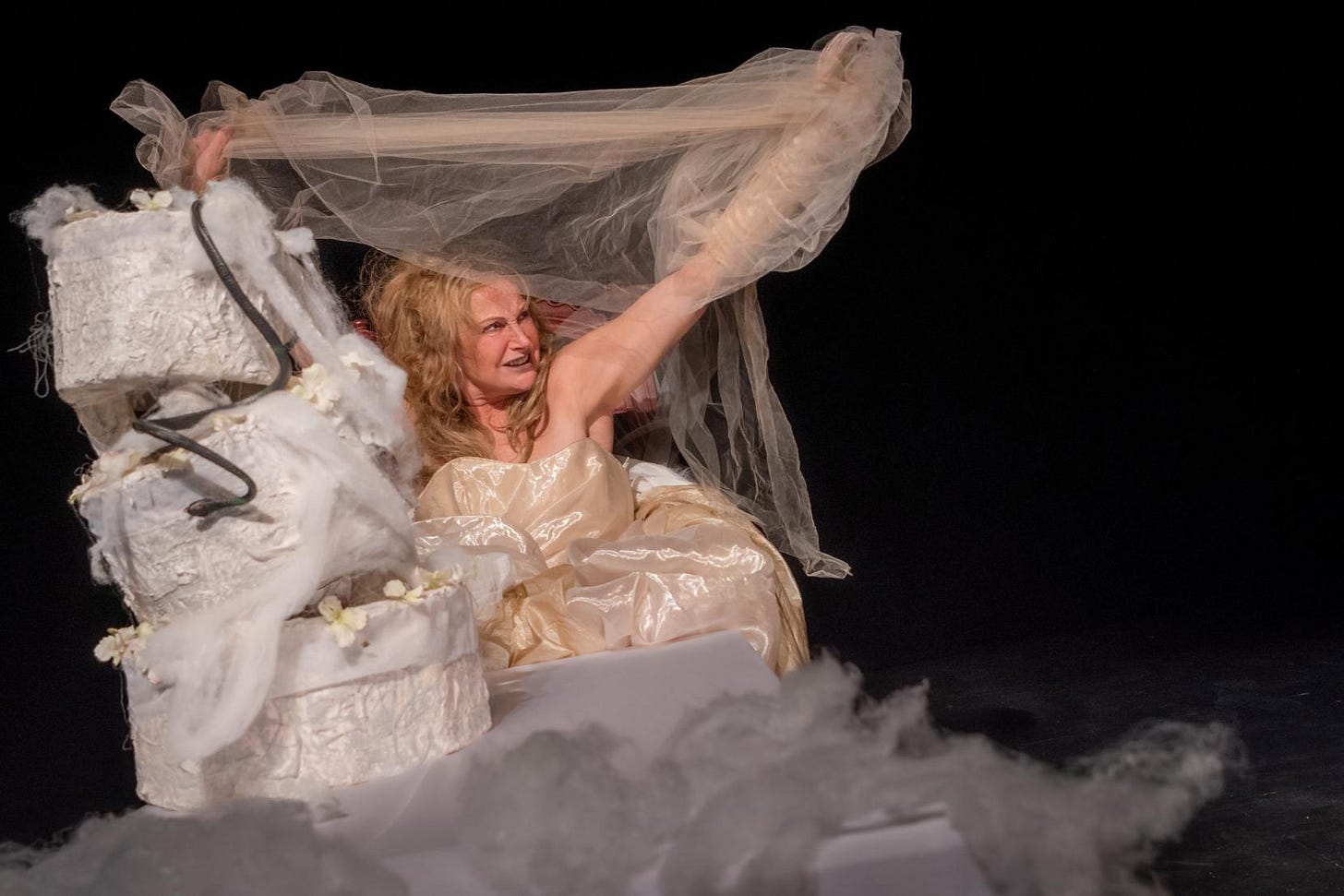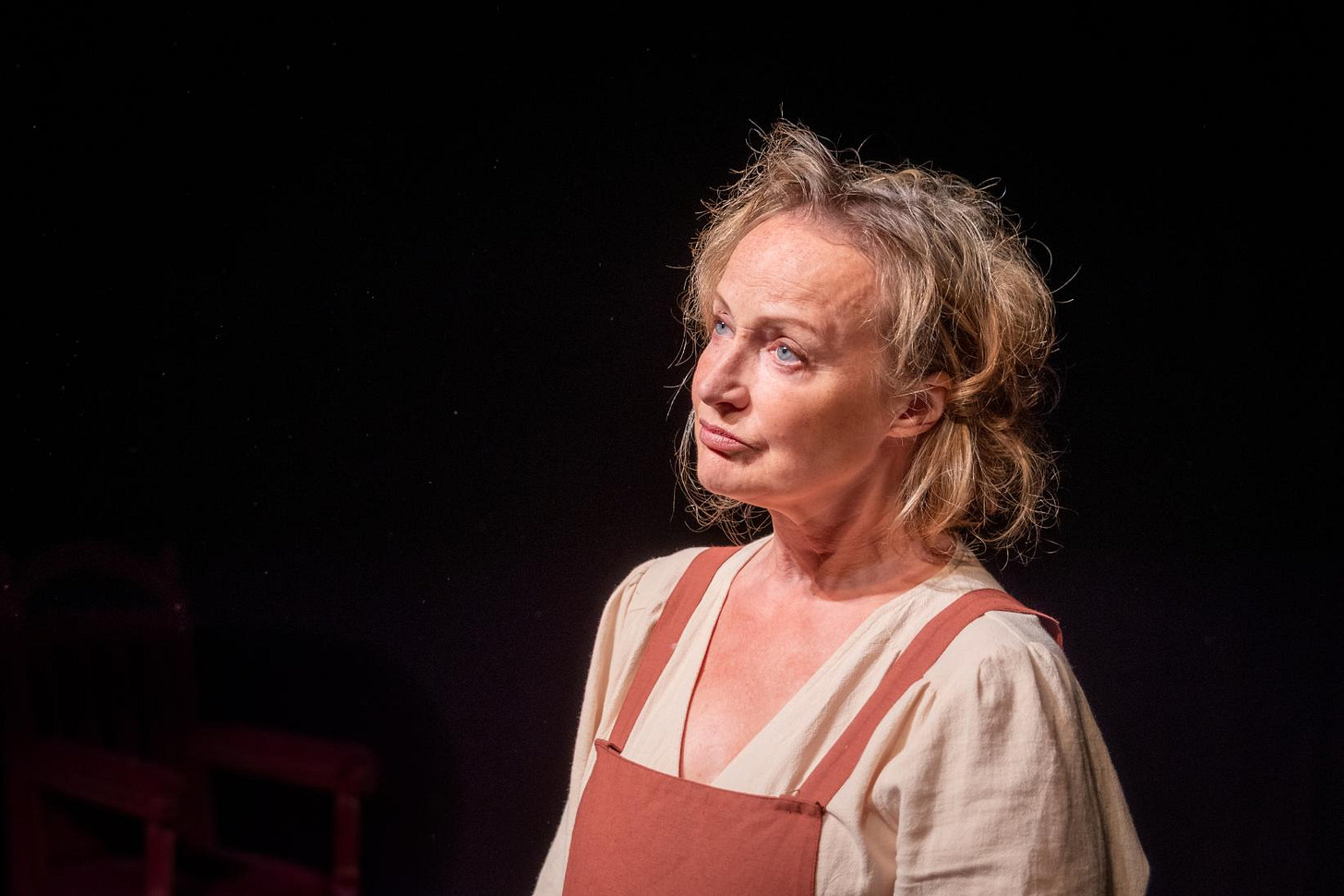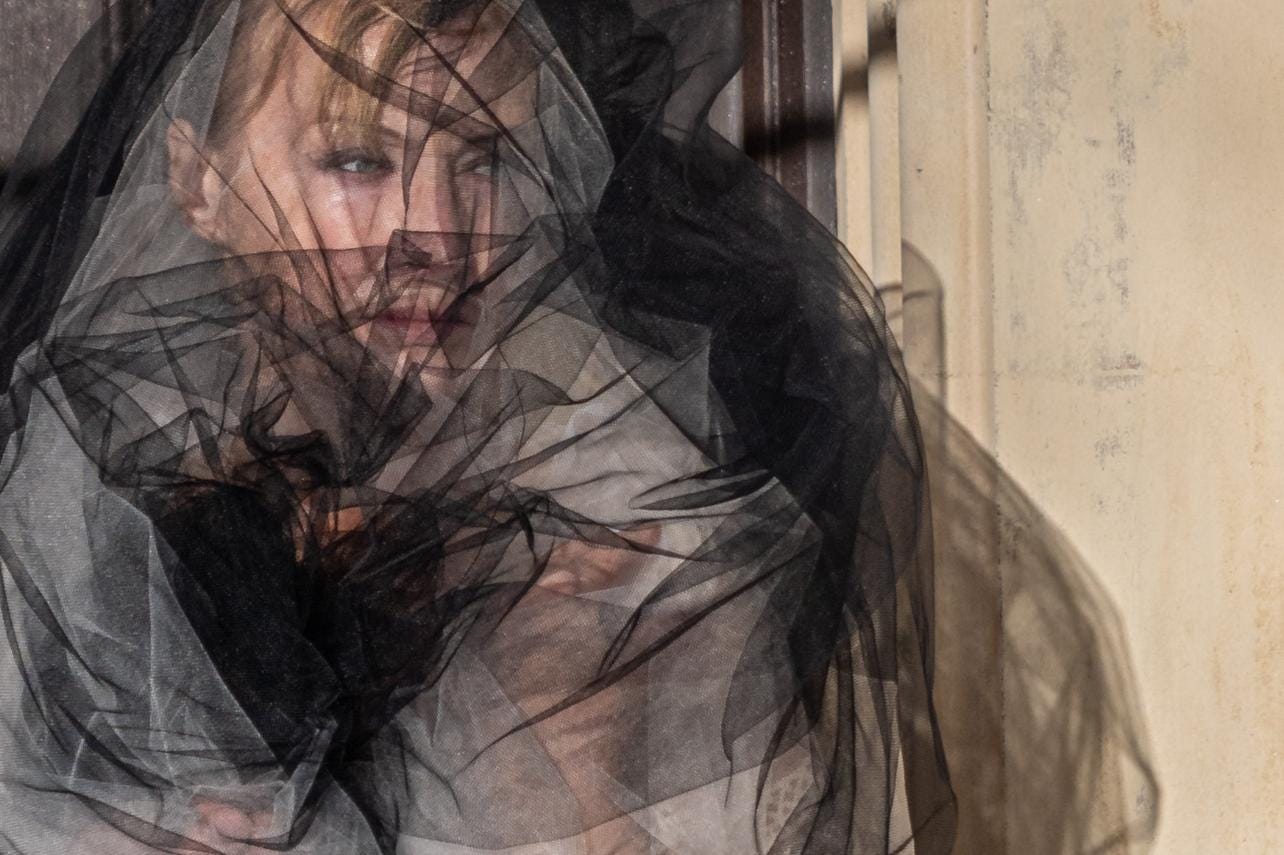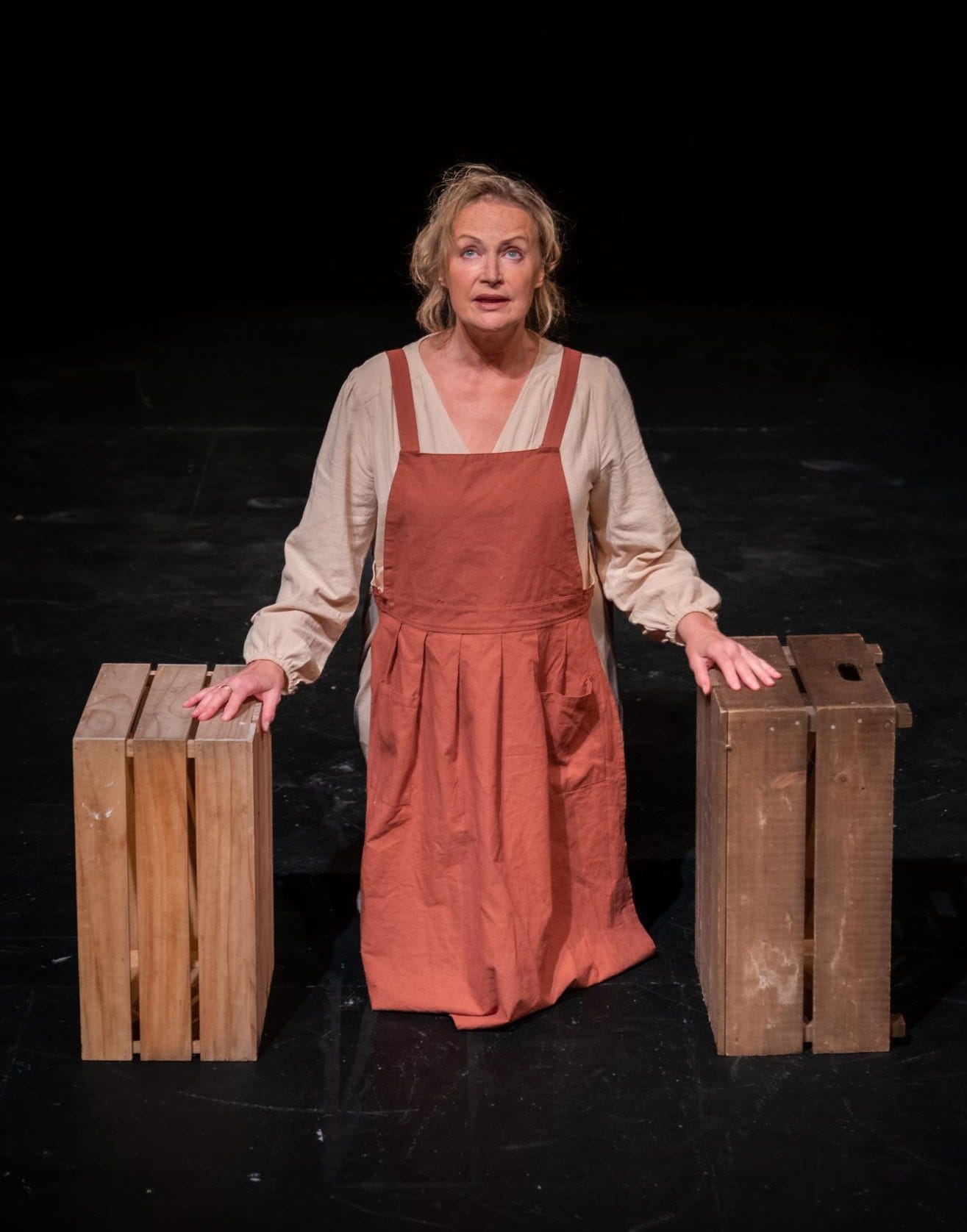A new voice for Dickens’ darkest bride
Reimagining Dickens’ most gothic character, Heather Alexander will delve into the emotional depths of Miss Havisham’s untold past in Newcastle
What happens when you take one of Dickens’ most infamous creations - a woman preserved in heartbreak and dust - and give her a voice of her own? That’s the question behind Havisham, a one-woman show written and performed by Heather Alexander, coming to Gosforth Civic Theatre later this month (June 12)
Originally premiered in 2023, the production reimagines the life of Miss Havisham from Great Expectations in a way that challenges the archetype of the jilted, vengeful spinster. For Heather, the show is a way to redress that portrayal. “My strapline to Havisham is ‘The story that Dickens left out,’” she says. “I wanted to provide a credible, creative and empathetic backstory to give her back her humanity.”
For anyone less familiar with Great Expectations, Miss Havisham is one of Dickens’ most memorable creations: a wealthy woman abandoned on her wedding day who shuts herself away in her crumbling mansion, still wearing her bridal gown decades later.
Twisted by grief and betrayal, she raises her adopted daughter to break men’s hearts in revenge. Both tragic and unsettling, she’s often portrayed as a symbol of female bitterness and decay - a figure defined by what was done to her, rather than who she truly is.
Heather’s approach is rooted in both emotional realism and instinct. “In the writing, I focused on emotional truth - avoiding sensationalism and grounding Miss Havisham’s pain in recognisable patterns of abuse and isolation,” she explains. “In performance, it was about nuance: embodying her fragility and fury without judgement, and allowing space for the audience to sit with her contradictions.”
Themes of trauma, coercive control and psychological manipulation run through the show. Though drawn from a 19th-century character, Heather is interested in how those patterns resonate today. “If you strip away the gothic setting, Miss Havisham’s story feels unsettlingly modern,” she says. “In today’s language, she is both a victim and perpetrator of abuse, coercive control, and gaslighting - terms that dominate contemporary discourse.
“By reimagining Miss Havisham’s story, I seek to restore her humanity and challenge the hostile stereotypes surrounding women past and present.”
While the character of Miss Havisham is one of Dickens’ most theatrical figures - a woman frozen in time, still wearing her wedding dress years after being left at the altar - Heather wanted to move beyond the visual cliché.
“I wanted to explore the woman behind the cobwebs - the fire beneath the ashes,” she says. “Beyond the image of decay, there's a mind still turning, a heart still aching, and perhaps even resisting.”
Thisf is one of three solo shows Heather is currently touring. Alongside Havisham are ROOM – A Journey into the Creative Mind of Virginia Woolf, and Becoming Maverick, inspired by Mrs Danvers from Rebecca. The thread running through all three is a fascination with overlooked or maligned women.
“I have always been fascinated with female characters who do not have complete names - either just a first or second name; or sometimes none at all,” she says. “I was also drawn to the fact that Miss Havisham is presented as ‘all bad’.”
Before she began creating her own work, Heather’s career spanned dance, theatre and television. She trained at Laine Theatre Arts and was a member of Arlene Phillips’ dance troupe Hot Gossip, appearing on The Kenny Everett Video Show in the 1980s. “My heart was always in acting though,” she says, “and I left to play Brooke Ashton in Noises Off at The Savoy Theatre in the West End.”
Other roles followed across stage and screen, as well as a stint working with Simon Fuller - “I was responsible for finding artists and casting for S Club Seven!” she adds.
More recently, Heather spent several years teaching English and Drama before returning to the stage to write, produce and perform her own work. Her creative process now is less about historical research and more about emotional resonance.
“Rather than formal research, I drew on my own experiences and a kind of collective, cultural absorption,” she says of the development process for Havisham. “We all grow up with echoes of these roles and expectations,” she says. “I write from instinct and lived emotion.”
The staging of Havisham is deliberately sparse. “The staging was intentionally simple - stripped back - to allow fluidity through time and space,” she says. “I wanted the set to suggest, not dictate, so it could shift from the rural innocence of childhood to the more opulent decay of Satis House.”
This minimalist approach is designed to put the focus squarely on the character - and on the audience’s imagination.
As for audiences reactions to the show, Heather says there has been a wide range - particularly from those familiar with Dickens.
“Audiences have responded with real openness and emotion,” she says. “We’ve had wonderfully enthusiastic Q&A sessions - fans of Dickens and newcomers to his work have all shared powerful reflections. Many have said they’ll never see her in quite the same way again.”
That shift in perception is key to Heather’s goal with the piece. “For contemporary audiences, Miss Havisham represents the cost of silencing women - the damage caused when grief, betrayal, and rage are left to rot in isolation,” she says. “She’s a symbol of what happens when a life is frozen by control and expectation, but also of the possibility of reclaiming voice and agency.”
Ultimately, Havisham invites its audience to look again - not just at a well-known literary figure, but at the stories women are allowed to tell. “I hope they leave seeing Miss Havisham not as a relic, but as a woman - wounded, complex, and still burning with life.”
Heather Alexander performs Havisham at Gosforth Civic Theatre on June 12. For tickets, visit the website.







